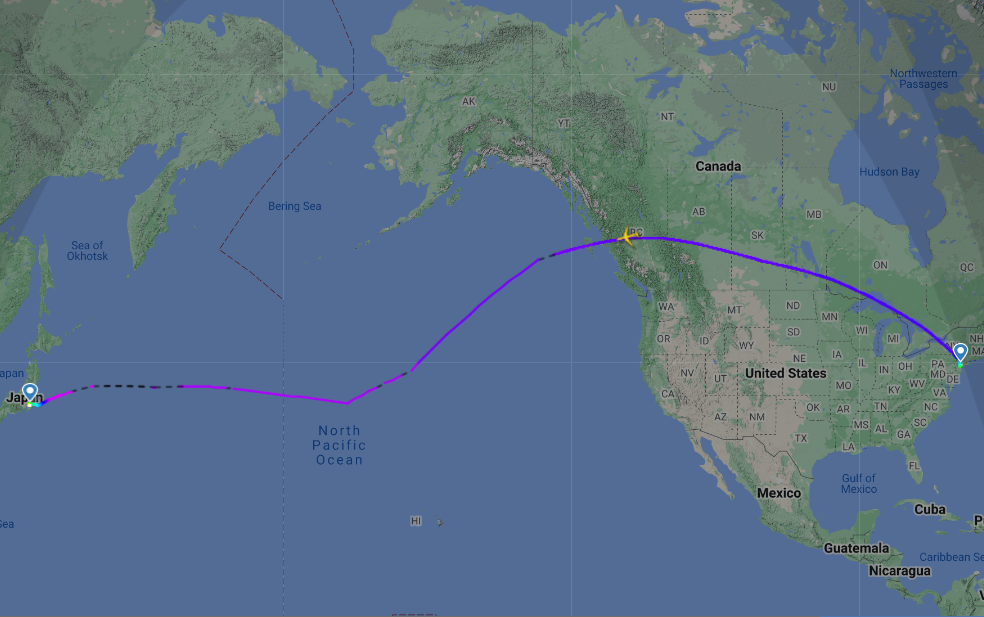The eruption of a Russian volcano has caused significant delays, diversions, and stopovers on some flights to and from the US across the Pacific.
Situated in the northern region of Russia, Eurasia’s tallest active volcano, Klyuchevskaya Sopka, with a height of 4,650 meters (15,255 feet), erupted on Wednesday, November 1, 2023.
As a result, the eruption has sent ash as high as 13 kilometers (8 miles) above sea level, which is higher than most commercial aircraft fly. This volcano is positioned near the Bering Sea, which separates Russia from Alaska.
Aircraft typically fly at altitudes of around 30,000 to 40,000 feet (approximately 5.7 to 7.6 miles) above sea level when traversing the Bering Sea region.
Therefore, flights that usually operate near the Bering Sea have been affected by the volcanic ash cloud. Flights from the US to Japan and South Korea are largely affected, as these flights are routed much further south to avoid the ash clouds, resulting in longer flight time.
Flight From New York/Newark to Tokyo
Flights from Newark/New York to Tokyo are significantly affected by the volcanic eruption.
ANA‘s flight NH109 from New York – JFK to Tokyo has been rerouted south of the Bering Sea, prolonging the flight time by over two hours. Before the volcanic eruption, the flight took 13 hours and 41 minutes.
However, on the 2nd of November, the flight took 15 hours and 45 minutes.
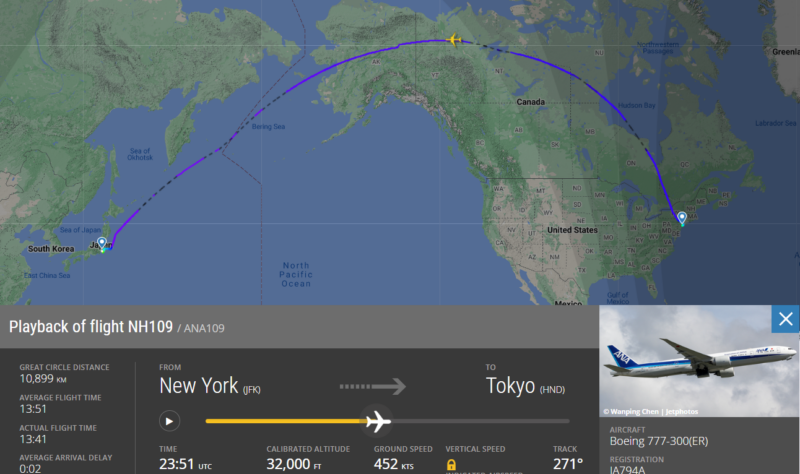
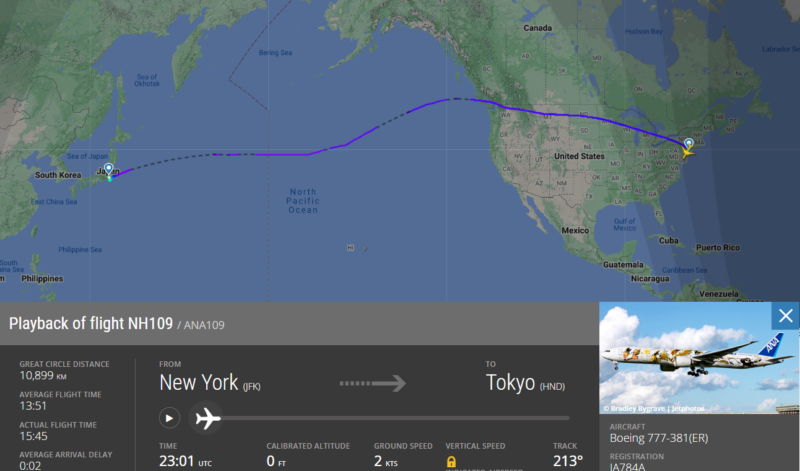
United‘s flights from Newark to Tokyo Narita have also been affected by the volcanic eruption, prolonging the flights by approximately 2 hours and 30 minutes.
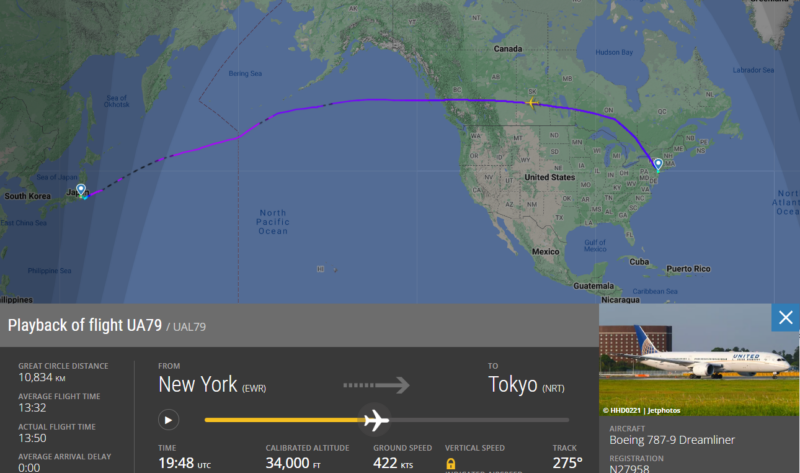
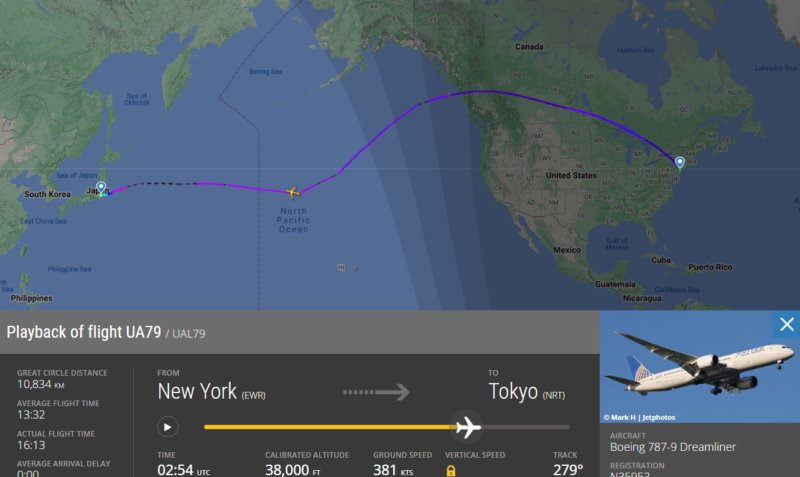
In addition, some of United’s flights from the east coast are also making a refueling stopover in San Francisco due to volcanic ash impacting the usual route to Tokyo.
“Flight UA131 to Tokyo will make a stop in San Francisco to add more fuel and recrew members of your flight due to volcanic ash impacting our normal route to Tokyo. Once we arrive in San Francisco, we’ll add additional fuel and be back on our way as quickly as possible. Safety is our priority, and we appreciate your understanding.”
United Airlines
Flights From Detroit to Seoul
Moreover, Delta‘s flight DL159 from Detroit to Seoul is now flying with a fueling stop in Los Angeles, prolonging the flight by over 4 hours.

Flight DL159 was canceled on the 2nd of November and is now operating with a stopover.
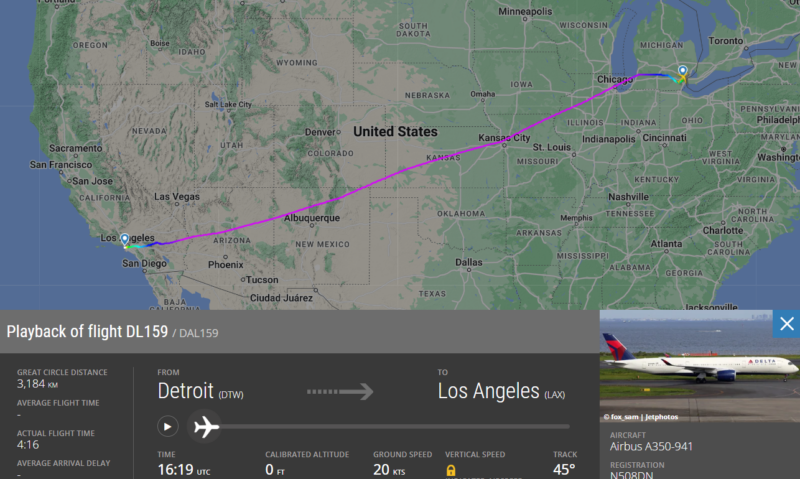
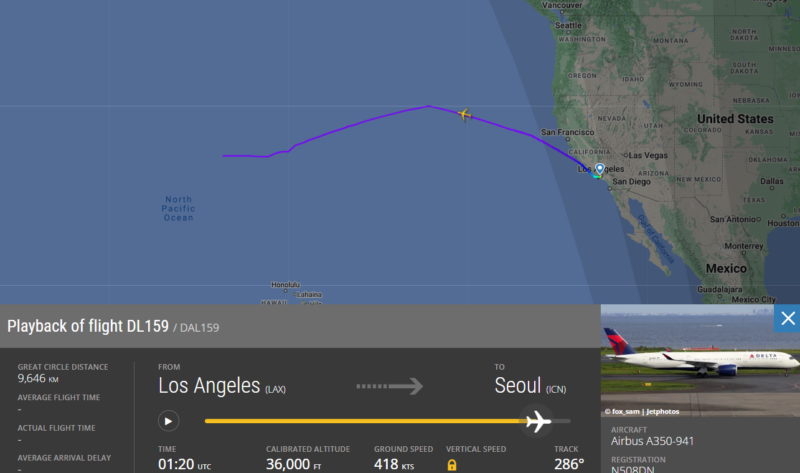
Flights From Tokyo to Paris/London
In addition to the flights to the US, flights from Tokyo to Paris CDG and London Heathrow have also been affected by the volcanic eruption. Airlines with the likes of Air France and British Airways have opted to operate flights from Tokyo to their respective hubs on different routes flying westwards over Asia. This has prolonged the flight time by over an hour.
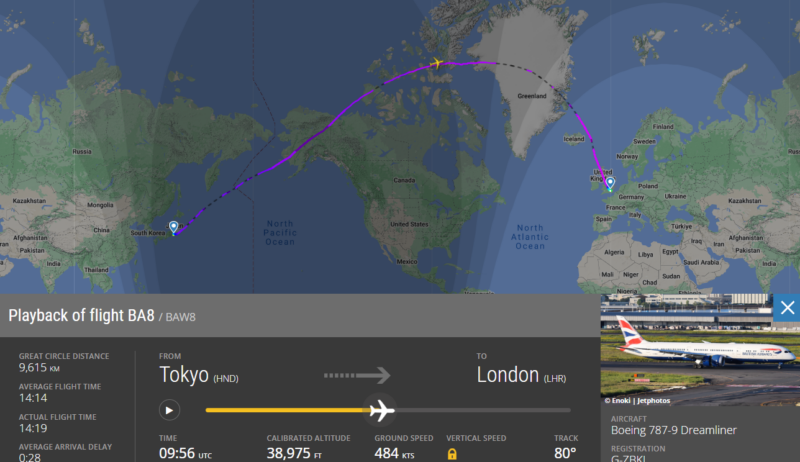
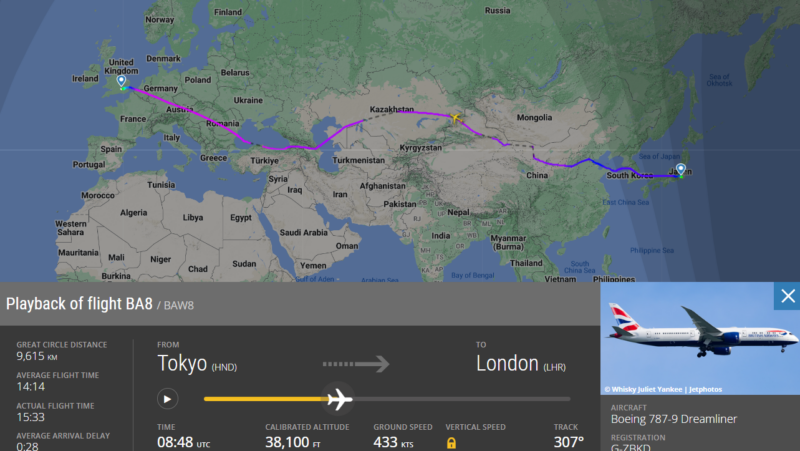
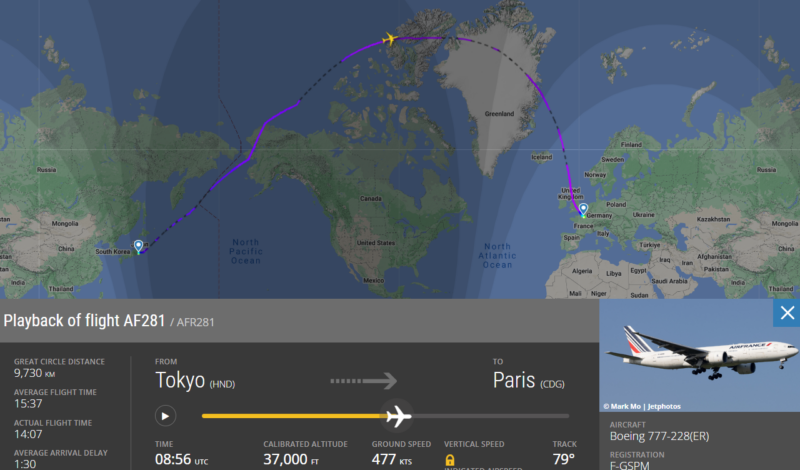
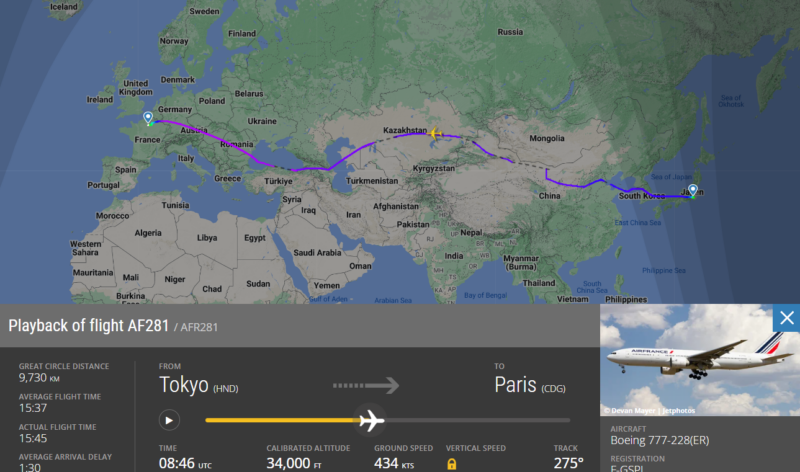
While the US carriers are flying south of the Bering Sea, Japan Airlines, and ANA are operating nonstop flights to Tokyo on a northerly polar-type route and then going south from the Aleutians. Korean Air is also operating on a similar route avoiding the volcanic ash.
Feature Image via FlightRadar24


